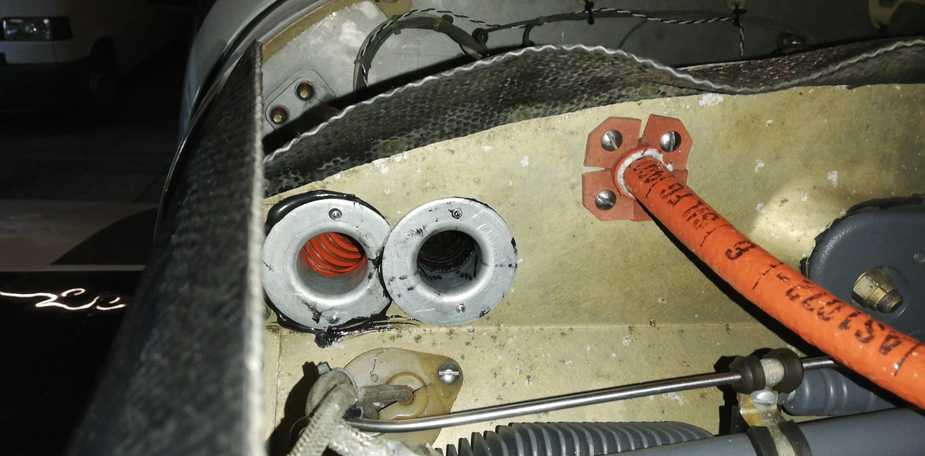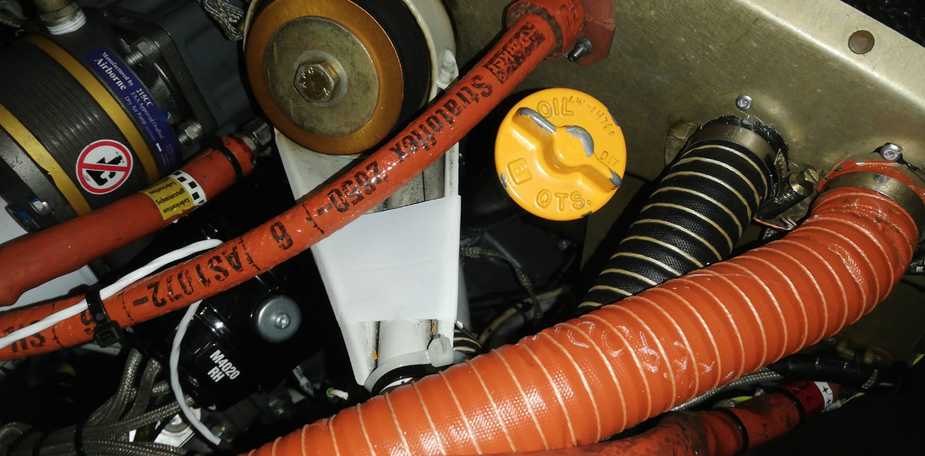That’s a great bit of debugging!
However I still think there is something dramatically wrong going on (with the mags) because planes aren’t crashing all over the world. Countless Lyco engines of this type and/or with these mags fly both high up and low down. In particular, and notwithstanding that your type is overall very rare, the bulk of the Robin fleet is in France where it spends most of its time close to sea level  and southern France gets pretty warm in the summer.
and southern France gets pretty warm in the summer.
It looks like the mags are just faulty; probably some mistake made by a dodgy maintenance/overhaul shop on both of them. Maybe a bad batch of capacitors (condensers)? This sort of thing is possible. All kinds of weird things do happen; you would be amazed at some of the stories I have heard.
I would buy new ones from somewhere completely different (the USA, probably) together with a new ignition harness.
@Willi66
At some point we also believed that the problem was caused by limited fuel supply, we connected an external fuel tank directly to the engine fuel pump and observed no change. Thus we could exclude that the problem was caused by the fuel supply within the fuel system of the plane. Fuel pressure was also measured with an external manometer and found OK, albeit at the lower range (20 PSI).


I hope everyone had a nice x-mas time and family time.
But we had also some airplane time…
First we used liquid nitrogen to cool the magnetos and the result on a ground run-up was perfect. The mentioned problems did not occur any more.
Today was the first flight with the new, still a little provisional, cooling system. Unfortunately today the weather allowed us only one hour’s flight, but we are sure we are on the right track.
I will keep you up-to-date!
We had this behaviour severeval times: fuel caps clogged, fuel shutoff valve halve closed etc.
Number one was in a cessna 182 with Conti IO550 conversion. Engine running perfect, but after halve traffic pattern severe power loss was coming up. Short story: fuel cock was in OFF position. The fuel was sucked backwards to the return line!!! After returning to BOTH position everything was fine. But this conclusion comes up after immediate landing and some brain storming. BTW an AD was arriving at the same time regarding desgn of fuel cock. The OFF position was eliminated then.
Hallo, have you checked it personnally? Otherwise check it again. Disconnect breather and vent lines, blow it with pressurised air in opposite direction. Engine run on the ground is not sufficient.
Hallo, have you checked it personnally? Otherwise check it again. Disconnect breather and vent lines, blow it with pressurised air in opposite direction. Engine run on the ground is not sufficient.
Willi66 wrote:
The system works perfect until the engine sucks more fuel than is replaced by fresh air.
The OP stated, that the engine was tested independent of the aircraft’s fuel system with no change in behaviour.
Hi folks,
Have you checked the vent lines of the tanks in detail? On DR400 airframes these lines coming out of the fuselage down under approx 50cm aft of trailing edge of the wing and are made of a very small plastic tube. The inner diameter fits perfect to insects and other debris/
The system works perfect until the engine sucks more fuel than is replaced by fresh air. Depending on the remaining diameter of opening of vent lines it will work more or less.
There has to be something really major going on here. It cannot be a small difference in airflow. Planes would be falling out of the sky all the time.
I reckon it is what happens quite often: the maintenance company says X has been changed, but it hasn’t actually been changed.
And to spend 100k €… not even an aircraft owner could be that stupid, surely. The whole Robin is not likely to be worth that much. It cannot be flown in the present state, with a weird problem in the propulsion which could bring it down anytime.
Or somebody is winding somebody up 